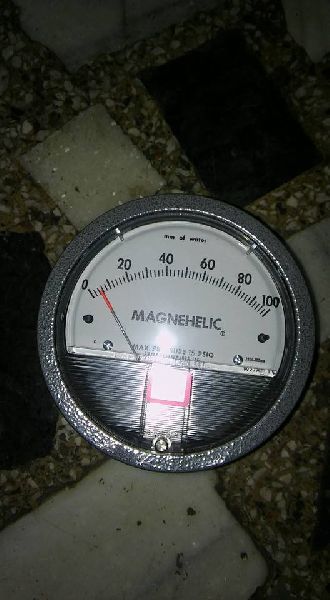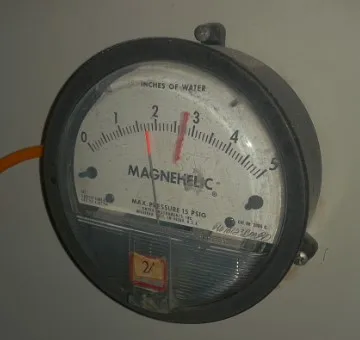Most Viewed Posts
- Iv50 Codec Windows 7 64 Bit
- The Legend Of Zelda Twilight Princess Pc
- Manual Ld100 Lasermark Wizard
- Kudoz 7e 333 Manual
- Mythbusters Season 1 Torrent
- Mustek 1200 Ub Plus Drivers
- Pdf Silent Printing Browser
- Pdfbox Convert Pdf To Tiff
- Download Beranek Model Of Cash Management Pdf
- Minecraft Xbox One Map And Mod Downloads
- H.264 Codec For Xlite
- Scott Murphy Guilty Pleasures 2 Megaupload
- Buku Kimia Organik Karangan Fessenden Edisi Ii Jilid 1
- Pkg Extractor Windows Download
- Brs General Surgery Pdf
- Wifi Adapter For Windows 8
- Best Id Card Design Software Full Version
- Driver Epro Usb Tv Tuner
- Download Pci Cc_0280 Driver 32&64 Bit Version
- Edusoft Software
- Mame32 Games Full Version For Pc Windows Xp
- Labview Sound And Vibration Toolkit
- Free Download Crack Keygen Autocad 2007
- Metode Skrining Fitokimia Pdf
- Wii Torrent Jpn Iso


QUESTIONWhat factor is used to correct for different flowmeter inlet pressure?ANSWER If the flowmeter is exhausting to atmosphere, no correction factor is needed. If back-pressure is present due to downstream plumbing or restrictions, this error can be corrected utilizing the conversion curves in our full-line catalog or the following equation.Pressure: Q2 = Q1 x √((P1 x T2)/(P2 x T1))Where:Q1 = Observed Flowmeter ReadingQ2 = Standard Flow Corrected for Specific GravityP1 = Actual Pressure (14.7 psia + Gage Pressure)P2 = Standard Pressure (14.7 psia, which is 0 psig)T1 = Actual Temperature (460 R + Temp °F)T2 = Standard Temperature (530 R, which is 70°F)RELATED PRODUCTS. QUESTIONWhy are top mounted valves recommended for flowmeters used for vacuum service?ANSWER To maintain atmospheric pressure in the indicating bore and therefore preserve accuracy; an inlet restriction would reduce pressure in the bore. This is essentially the opposite situation to outlet back-pressure in a pressure system which increases pressure in the bore and also affects accuracy.
Remember that all standard Dwyer flowmeters are calibrated for standard atmospheric pressure and temperature in the bore.RELATED PRODUCTS. QUESTIONHi-Flow™ control valves call out ANSI B16.104 Class IV flow leakage. What does this mean?ANSWER ANSI B16.104 is a testing specification for control valves. This specification has actually been superseded by ANSI/FCI 70-2 Class IV.

The class IV designation defines the allowable amount of leakage through the valve seat in the closed position. Class IV allows for.01 percent of the rated flow (Cv), to pass through the seat. Class IV is common for metal to metal seated valves.RELATED PRODUCTS. QUESTIONWhat if I need parts for my Hi-Flow™ control valve?ANSWER Many Hi-Flow™ valves have been in service for 15+ years with all original parts.
However, since Hi-Flow™ valves are commonly used in steam service, a severe application, some parts may wear over time. Unlike other control valves, Hi-Flow™ valves are designed with removable seat rings making repair or replacement of components an option. Although all parts are available, you will probably never need more than a seat ring, plug assembly, and stem packing to have a valve that is like new.RELATED PRODUCTS. QUESTIONWhat are the two dry product level switch model types? What ranges do they cover? How are they adjusted?
How To Install A Magnehelic Gauge Dwyer Tool
How many set-points do they have?ANSWER GSD3DA - gravity (elastomer) suspension, aluminum housing, polyurethane diaphragm, standard 15 amp switch. PSD16A - pneumatic (fabric), suspension, aluminum housing, filter fabric diaphragm, polyester 150 micron permeability, standard 15 amp switch.
They can be adjusted to any level. They are adjusted by a screw adjustment.
One setpoint available. For additional options, you could look at our CLS2 Series Capacitive Level Switch, TFLS Series Tuning Fork Level Switch, PLS and PLS2 Series Paddle Level Switches.RELATED PRODUCTS. QUESTIONWhat is the advantage of using a manometer rather than a Magnehelic® gage?ANSWER Dwyer Instruments manufactures many different types and styles of manometers with various accuracies and prices for different applications as well as the Magnehelic® gage. For example, some of the many manometers we manufacture are Hook Gage Manometers with ±0.001 inches water column accuracy; Microtector® Portable Electronic Point Gage to ±0.00025 inches water column accuracy; Handheld Digital Manometers with ±0.5 inches water column accuracy; very inexpensive Mark II Molded Plastic Air Filter Gages at ±3% inches water column accuracy. The key point is that we offer many manometers and the selection depends on your specification, application, convenience needs and pocketbook. QUESTIONDefine Warm-up Time?
Response Time? Loop Resistance?ANSWER Warm-up Time can be defined as the amount of time it takes the transmitter to 'settle down' after initially being powered up to be able to provide its most accurate readings. Response Time is the amount of time required for the output to change after the input has changed. Loop Resistance is the maximum amount of resistance that can be in the current loop without dampening the transmitters output. Loop Resistance is a direct relation of input voltage.
QUESTIONWhy is the method of mounting a V4 of concern?ANSWER The vane and magnet keeper assembly near the hinge pin are very close to the mounting threads. Combined with the fact that pipe fittings are available in many variations, this produces a possibility that the customer will mount the switch in a fitting that prevents the vane from swinging. To make things worse, there is usually no way the customer can tell that this has happened. Mounting in a threaded branch connection avoids this clearance problem.RELATED PRODUCTS.